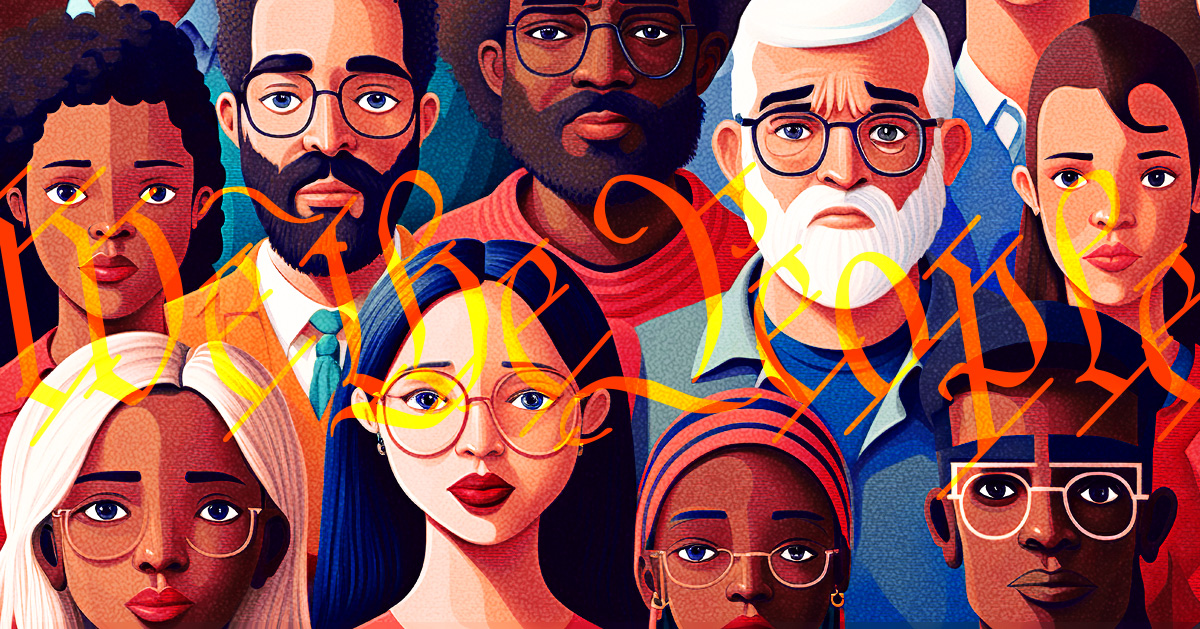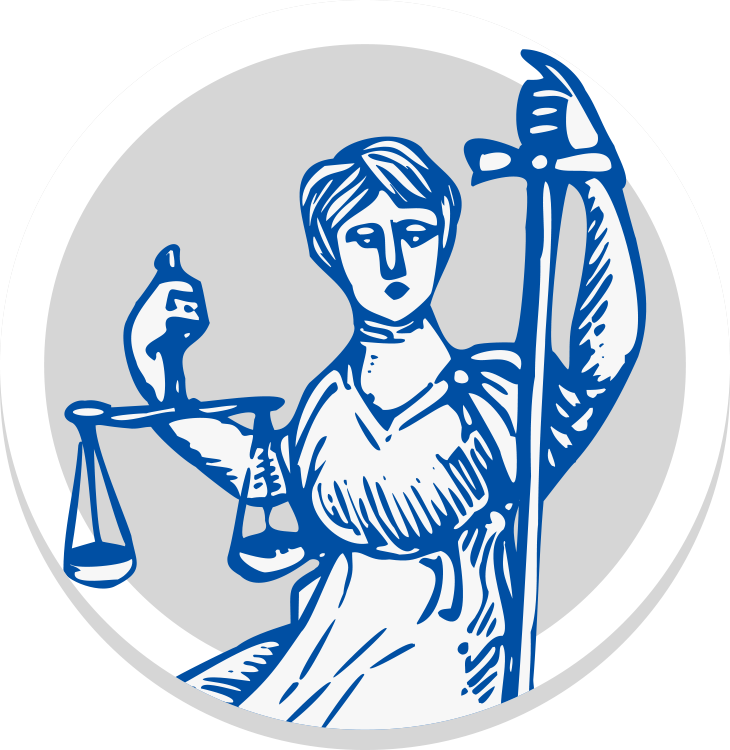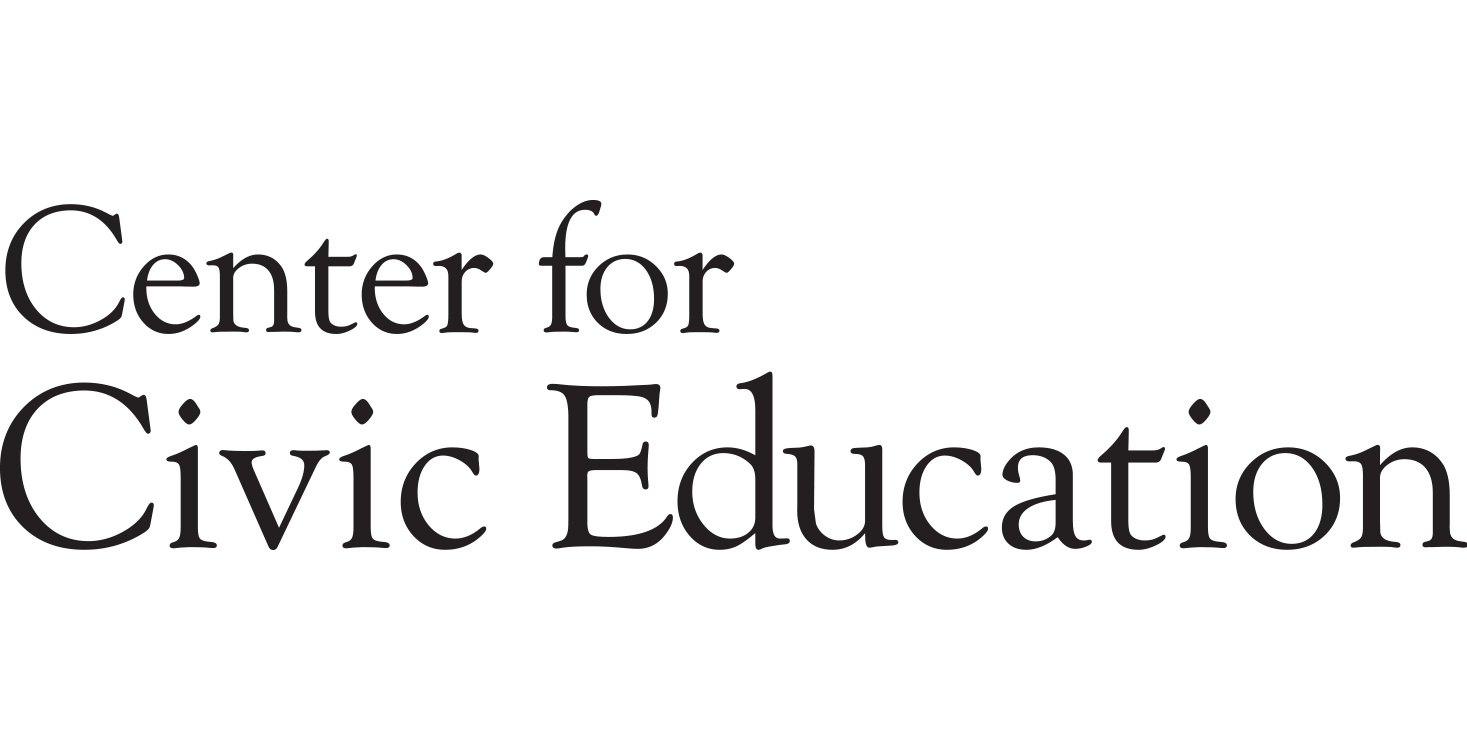
Who Are We the People?
Written in 1787, the Constitution has only been amended 27 times in more than 230 years. That’s not to say the document the Framers created was perfect. Its most glaring errors include the omission of recognition for all citizens and a failure to halt slavery. In this lesson, students will examine how the definition of “We the People” has evolved since the beginning of this grand experiment in democracy.
Lesson Plan: Day 1
- Greet students upon entry to the classroom and welcome them to social studies.
- Facilitate a class discussion, asking students what words, phrases, or symbols they think represent American democracy.
- Capture student responses on an anchor chart.
- Using your routine strategy for setting up groups, divide the class into small groups of approximately three students each.
- Tell students we will examine several phrases that deliver important and powerful messages about America’s democratic system.
- Share the Powerful Messages slide deck.
- Display slide 2 and ask students to identify from where they recognize this powerful message.
- Display slide 3 to reveal the source of this quote.
- Repeat this pattern with slides 4–9.
- Facilitate a brief discussion on how these phrases have shaped our ideals of American democracy, which may include topics such as the following:
- Voting rights
- Informed citizens
- Equal protection
- Serving the greater good
Universal Design for Learning Guidelines (UDL)
- Allow sufficient wait time for students to formulate answers.
- Consider allowing students trio time to formulate answers.
- Consider asking student volunteers to rephrase each quote as needed.
- Students could be encouraged to volunteer responses in full-group format or to jot answers in a social studies notebook.
Multilingual Learners (ML)
- The powerful message quotes could be translated into the native language of the student(s) or provided as an audio file as needed.
- Tell students that we are beginning a new inquiry lesson today by taking a deep dive into the meaning of “We the People.”
- Display and introduce the compelling question: “Are all people recognized in ‘We the People’?”
- Ask students to declare their stance on this compelling question using a secret ballot. Responses could be collected via Google Forms, Survey Monkey, handwritten sticky notes, or simple paper ballots.
- Allow time to share several responses, if desired.
- Tell students you will revisit this question at the end of the inquiry lesson.
- Play the We the People video.
- As they watch, direct students to use the We the People Mind Map to collect evidence and examples of the meaning of “We the People.”
- Play the video a second time, pausing for lesson vocabulary to support video comprehension as needed.
UDL
- Desks arranged in tables/clusters are recommended to facilitate better student collaboration.
- Ask a student to rephrase the compelling question for the class.
- Consider allowing students to utilize a speak-to-type feature to record their answers on the graphic organizer.
- Prompt students to draw sketches to illustrate ideas, topics, or items as an alternative option.
- Utilize the subtitles/closed captions or show the transcript function if viewing the video via YouTube.
ML
- Explore subtitle options to change the language if viewing the video via YouTube.
- Provide the compelling question translated into the native language of students, as needed.
- Provide vocabulary translated into the native language of students, as needed.
Extension
- Students may add additional bubbles to the mind map if time allows.
- Bring students back together as a full group.
- Use your preferred strategy for students to briefly share their We the People Mind Map.
- Pose today’s supporting question to students: “Who has been denied representation in 'We the People'?"
- Guide students in a discussion to name the four groups identified in the video who were originally disenfranchised. Answers should include women, indigenous people, enslaved people, and landless men.
- Allow time for students to share thoughts and ask relevant questions.
UDL
- Allow sufficient wait time for students to formulate answers.
- Ask a student to rephrase the supporting question for the class.
ML
- Provide the supporting question translated into the native language of students as needed.
- Assign students to one of three investigation groups: women, indigenous people, or enslaved people of African descent.
- Tell students we will now explore how certain groups were denied rights when the Constitution was ratified by conducting an investigation using primary and secondary sources found on the Denied Representation Resource Bank.
- Students will utilize the Constitutionally Denied graphic organizer to collect evidence as they investigate their assigned topic.
- Preview the Constitutionally Denied graphic organizer together to ensure students understand the purpose and expectations.
- Direct students to take their time to examine each resource in their assigned investigation.
- Provide students with ample time to explore their assigned investigation. Note that many sources include video/audio clips, so student headphone use is ideal.
- Encourage students to collaborate with other students assigned to their topic as they conduct their investigations.
- Circulate the room, encouraging each group, observing progress, and redirecting as needed.
- Return class to full-group format to allow representatives from each citizen group to briefly share with the class.
- Briefly discuss key actions students discovered in each of the investigations. Discussion questions may include the following:
- In what ways were citizens disenfranchised?
- What did the citizen groups have in common?
- How were the citizen groups different?
- In what ways did citizen groups demand their rights?
UDL
- The teacher may wish to model how to conduct the primary/secondary source investigation with one of the three topics.
- Utilize the subtitles/closed captions feature if needed (when viewing through the YouTube platform).
- Consider allowing students to utilize a speak-to-type feature to record their answers on the graphic organizer.
- Utilize a text-reader function when needed.
ML
- Explore subtitle options to change the language if viewing the video via YouTube.
- Provide the compelling question translated into the native language of students, as needed.
- Provide vocabulary translated into the native language of students, as needed.
Extension
- If time allows, students could explore one of the other two investigations.







